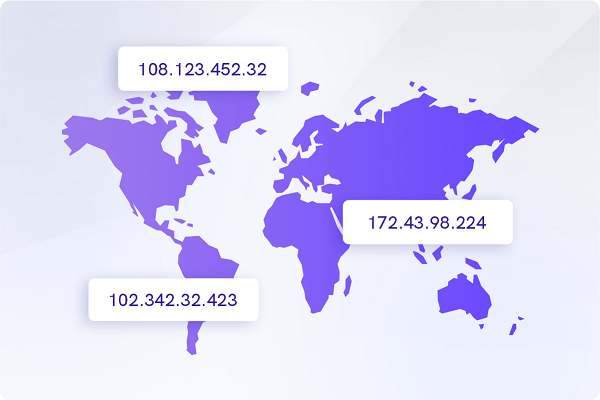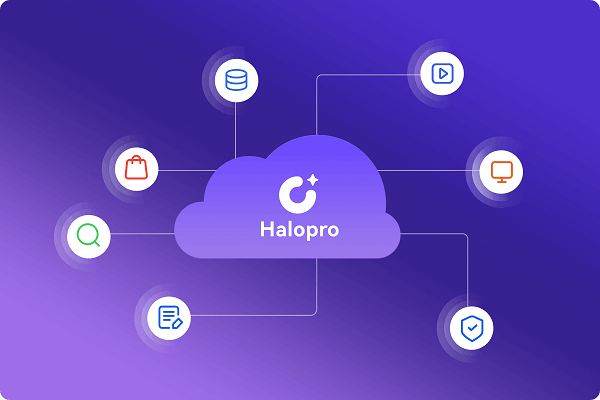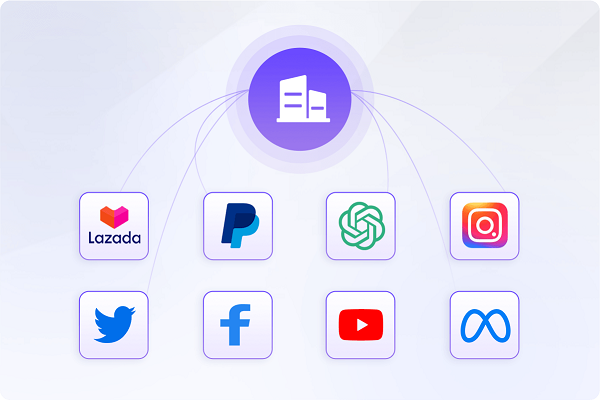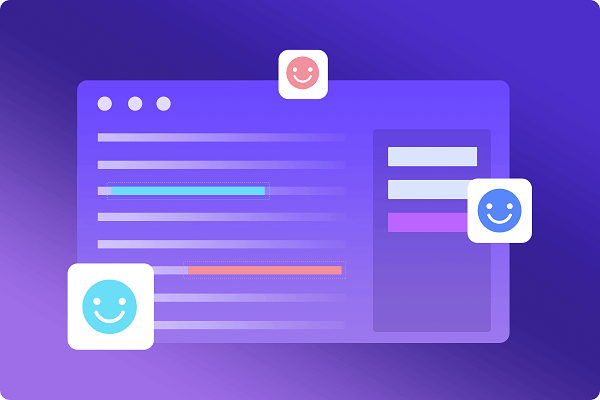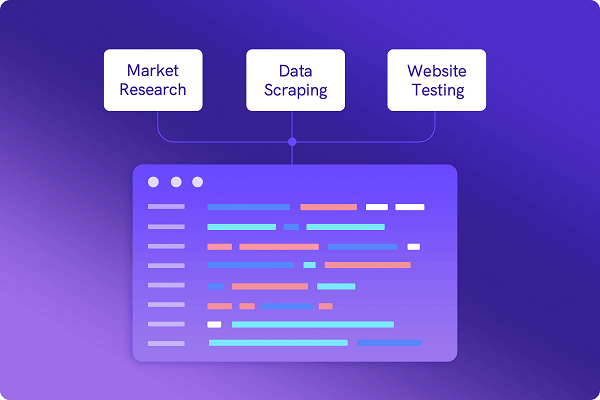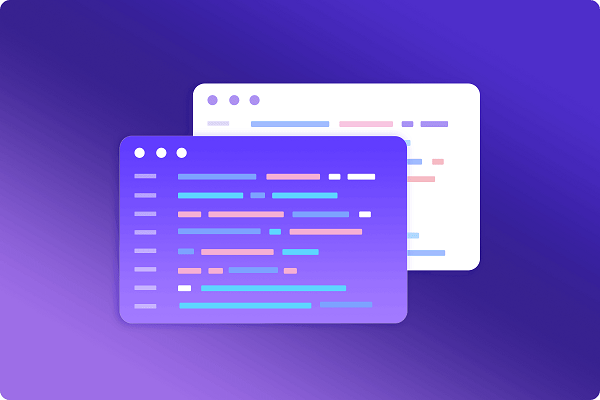Residential Proxy Server anonymizes network requests by assigning IP addresses of real user devices. Its IP resources come directly from Internet Service Providers (ISPs) and have the same properties as ordinary home networks. As a leading global proxy service provider, IP2world 's residential proxy network covers more than 200 countries and regions, with an average of more than 50 million active IPs per day, providing highly reliable network identity support for cross-border business.1. Core technical architecture of residential proxy1.1 IP Resource Acquisition MechanismOperator cooperation: Establish compliant cooperation relationships with local ISPs to dynamically allocate idle IP resources for home broadband usersUser voluntary sharing: Use incentive models (such as traffic points redemption) to guide end users to share network bandwidthIP rotation strategy: Automatically change IP according to preset rules (time/request volume) to ensure that usage traces cannot be traced1.2 Traffic camouflage technologyProtocol stack simulation: fully reproduce the TCP/IP fingerprint of home devices (TTL value, TCP window size, etc.)Behavior pattern generation: randomize parameters such as request interval time and page dwell time to simulate human operation trajectoryDevice fingerprint management: dynamically generate browser fingerprints (User-proxy, WebRTC, Canvas hash values)For example, IP2world 's residential proxy service has a built-in intelligent behavior learning algorithm that can automatically adapt to the anti-crawling strategy of the target website, with a request blocking rate of less than 0.5%.2. Three core advantages of residential agency(1) High anonymity protectionThe IP address belongs to a real home user, and the server characteristics of no data center proxyEffectively avoid anti-crawling mechanisms based on IP blacklist and ASN (Autonomous System Number) detectionSupport HTTPS/Socks5 encryption protocol to achieve end-to-end traffic anonymity(2) Accurate geographic positioningIP database is accurate to the city level (such as "United States-Los Angeles-Santa Monica")Supports filtering target IP by postal code, ISP, and mobile network typeApplicable to scenarios that require localized content analysis (such as capturing region-specific promotional information)(3) Strengthening business continuityBind a single business thread to an independent IP to avoid cross-task interferenceAutomatically switch to blocked IP, with a switching delay of less than 100msProvides IP session retention function (up to 24 hours) to meet operations that require login status3. Typical application scenarios of residential proxy3.1 Social Media Matrix ManagementWhen multiple accounts are operated across platforms, each account is assigned an independent residential IPAvoid platform traffic monitoring of frequent operations on the same IP (such as batch management of Facebook accounts)3.2 Dynamic Pricing Data MonitoringCapture regional differentiated pricing on e-commerce platforms (e.g. Amazon’s price differences for the same product in the US, Japan, and Europe)Simulate real consumer browsing paths through residential IP to obtain accurate price data3.3 Verification of advertising effectivenessUse the target region IP to check the localized display effect of the creativeCheck advertising blacklist filtering rules (such as whether specific brand words are blocked)3.4 Network Security Penetration TestingSimulate real user IP to perform vulnerability scans to avoid triggering server traffic alarms on corporate firewallsTest the implementation of regional security policies (such as API interfaces that are only accessible to domestic IP addresses)4. Technical considerations for residential proxy selection4.1 IP Resource Quality AssessmentPurity index: IP history usage records have no spam requests, fraudulent activities, etc.Survival cycle: The average effective time of a high-quality residential proxy IP should be more than 6 hoursVerification mechanism: Provides real-time IP health check API to automatically remove abnormal nodes marked by the target website4.2 Protocol and Tool CompatibilitySupport mainstream data collection frameworks (Scrapy, Selenium, Puppeteer)Provide proxy chain routing function to achieve mixed calls of residential proxy and data center proxyIntegrate browser extensions to achieve one-click IP switching (such as IP2world 's Chrome plug-in)4.3 Compliance Risk ManagementEnsure IP sources comply with data privacy regulations such as GDPR and CCPAProvide usage audit logs to meet corporate internal control compliance requirementsSet a request frequency circuit breaker mechanism (such as an upper limit on the number of requests per minute)5. Highlights of IP2world Residential Proxy SolutionGlobal coverage: Supports 190+ countries/regions, 50 million+ real residential IP dynamic resource poolsProtocol support: HTTP/HTTPS/Socks5 full protocol coverage, support for multi-threaded concurrent controlSmart routing: Automatically switch proxy types based on the anti-crawling strength of the target website (residential/data center hybrid mode)Data dashboard: real-time monitoring of IP usage efficiency, success rate and other core indicators, and providing optimization suggestionsIf you need to build a highly anonymous and highly available network business infrastructure, you can visit the IP2world official website to obtain the technical parameters and trial plans of residential proxy products.As a professional proxy IP service provider, IP2world provides a variety of high-quality proxy IP products, including residential proxy IP, exclusive data center proxy, static ISP proxy, dynamic ISP proxy and other proxy IP products.
2025-03-03
